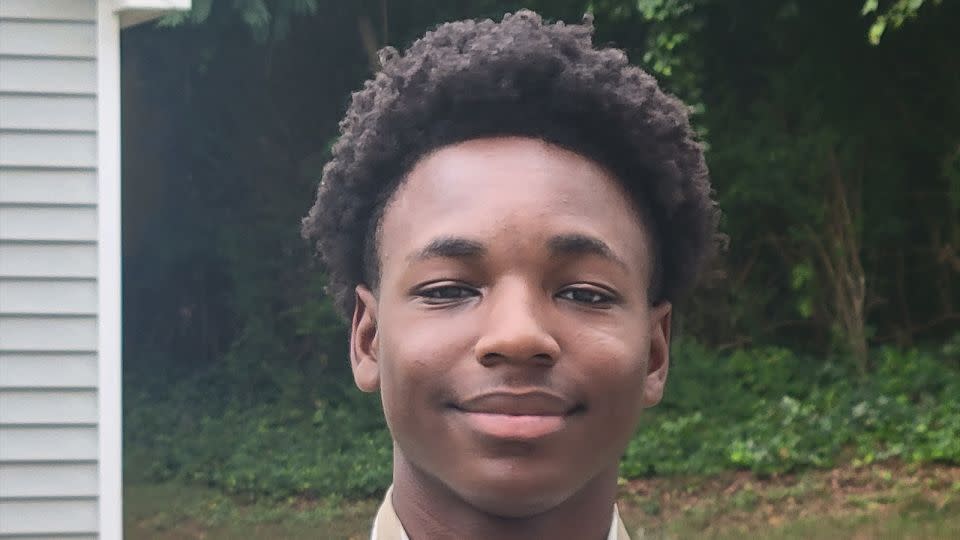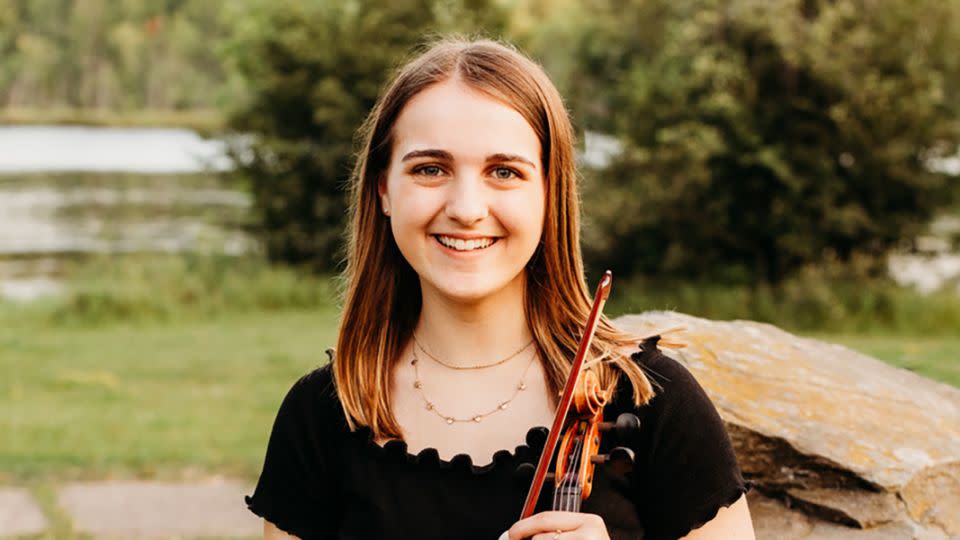Why students are freaking out about the FAFSA this year
The college admissions process is usually stressful, but problems with a new FAFSA (Free Application for Federal Student Aid) form have made this year even more chaotic.
A botched rollout of the new application – which must be submitted if a student wants to qualify for certain loans, grants and scholarships – has caused major delays in getting applicants’ correct information to schools.
As a result, most students still don’t know how much college will cost them next school year – making it extremely difficult for high school seniors to decide where, or if, to enroll next year by the typical May 1 deadline.
Usually, colleges are able to offer students financial aid awards by the end of March.
But as of this week, “most high school seniors have yet to receive an aid offer,” Kim Cook, CEO of the National College Attainment Network, told lawmakers Wednesday at a hearing on the problems with the FAFSA this year.
The FASFA form was overdue for an update. The overhaul, mandated by Congress, has made the application easier to fill out and, if it works as intended, more students will be eligible for more financial aid.
But the form itself wasn’t available to students and families until January, about three months later than usual. And a number of glitches are causing even more headaches. Some experts worry that the problems will prevent some low-income students from enrolling at a college this fall.
Here are the stories of three students and how the FAFSA problems are delaying their college decisions:
Paying the deposit and ‘relying on faith’

Chase Cunningham, 17, will graduate from high school in mid-May – but he may not know where he’s going to college by then.
Cunningham paid the nonrefundable deposit for Morehouse College, a historically Black, all-male school in Atlanta, because it’s his first choice.
“Honestly, the prestige and respect that comes from being a ‘Morehouse Man’ is really important to me,” he said, referencing a common name for Morehouse graduates.
Cunningham was accepted to five schools but hasn’t received any financial aid letters. And Morehouse, a private school, could end up being the most expensive, depending on what kind of scholarships and grants he receives. Several of his other options are public, in-state schools.
“Even though we paid the deposit to Morehouse, it’s still kind of iffy. If it ends up being really expensive, where do I go from there?” he said.
Cunningham’s mom, Lisa Wilson, said she wishes she could be getting ready to celebrate her son’s high school graduation rather than stressing over how much college will cost next year.
The class of 2024, she noted, already lost out on the normal high school experience having entered during the height of the Covid-19 pandemic.
“We just have no idea what the cost will be. We’re at a place where we’re just relying on faith,” Wilson said.
Choosing a roommate before getting a financial aid letter

Ellie Norvitch, 18, has been ahead of the game when it comes to getting into college.
She applied early, back in August, and had most of her acceptance letters in hand before the end of last year.
In December, she paid a refundable deposit to her first choice. Norvitch said the College of St. Scholastica, a private college in Minnesota, is the right size for her and isn’t too far – or close – to home. She already picked a roommate and signed up for freshman orientation.
Norvitch thinks the College of St. Scholastica will also be her most affordable option, but she doesn’t know for sure. She hasn’t received financial aid award letters from the six colleges she applied to.
Norvitch said she applied successfully for two scholarships offered by St. Scholastica, but the school hasn’t been able to say yet how much they will be worth due to the FAFSA delays. The awards could range between $500 and $14,000.
“I’m soft-committed to this school, but if they’re not going to give me as much money as I think, then I may have to reconsider,” Norvitch said.
Meanwhile, the deadline to pay a deposit to her second-choice school is coming up later in April. Some of her other options have pushed back the deadline to later this spring.
Norvitch wants to avoid taking out loans to pay for undergraduate school because she plans to go to law school, and she’ll likely have to take on student debt to pursue a law degree.
Her mom, Kelsey Norvitch, is also stressed by the situation.
“It almost feels like a black cloud is hanging over our heads while we wait for this, during what should be a really exciting time,” she said.
Juggling moving deadlines

Taylor Smith, 24, submitted her FAFSA in January. But due to problems with the new application process, the Department of Education isn’t allowing any updates or changes to submitted forms until the week of April 15.
That means the two colleges that Smith recently applied to won’t be getting her financial aid information before late April because she can’t access the FAFSA to add them to her list.
To Smith, a community college student, it feels like those two options may have been essentially taken off the table because she doesn’t know if she will find out the cost before having to decide where to enroll.
“I’m kind of creating a plan without FAFSA, but knowing more information would change the game,” Smith said.
She’s not the only one waiting anxiously to make a change to her FAFSA form. As many as 16% of submitted FAFSA applications need a correction as of April 9, according to the Department of Education.
As a transfer student, some of the college decision deadlines are later for Smith than they would be for a high school senior. So she has a little more time to make a decision.
Fortunately, California recently extended its deadline for state scholarships and grants by a month to May 2 – alleviating some stress for Smith.
Plus, one of her school options, Loyola Marymount University, sent her its own financial aid application last week. She’s hoping that will help the school generate an aid package more quickly.
For now, Smith is budgeting for college with the expectation that she won’t receive grants or scholarships. There are two state schools – University of California, Los Angeles and California State University, Northridge – that she could afford with the $12,000 in federal student loans for which she’s eligible.
“I qualify for enough in loans so that I’d just have to pay a couple thousand dollars out of pocket. It would be OK, but it would suck,” she said.
For more CNN news and newsletters create an account at CNN.com
